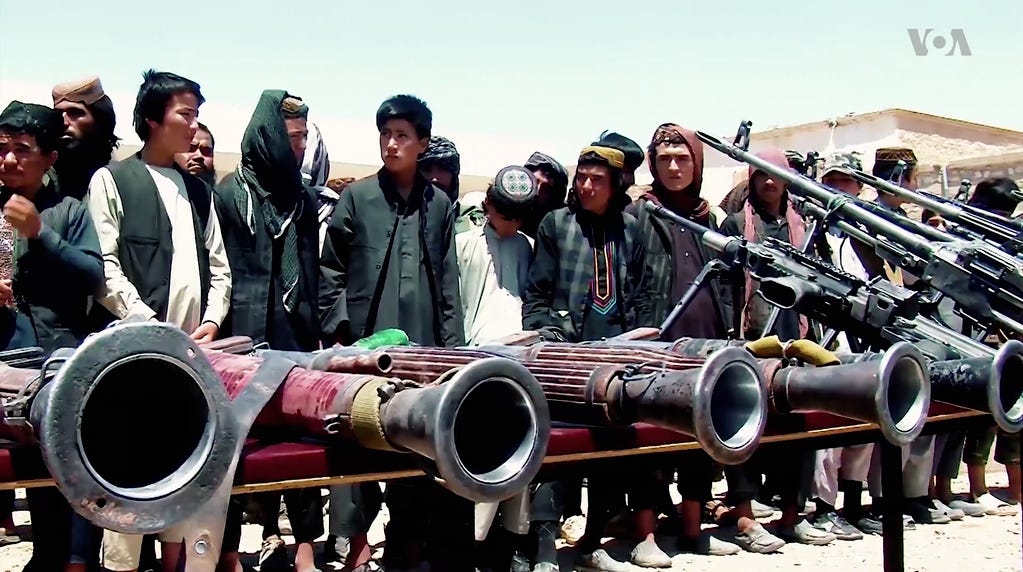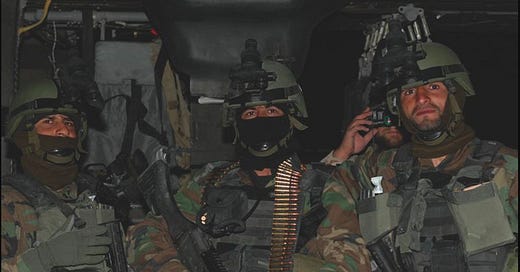(GCV Note: It is my great honor to publish LTG Haibutallah Alizai’s essay on a path forward in Afghanistan)
Afghanistan is in a state of crisis, with the Taliban struggling to establish effective governance. The situation is dire, as economic mismanagement, corruption, and human rights abuses have led to mass starvation and political instability. The Taliban’s suppression of the free press and retaliatory actions against U.S. allies have only fueled the fire. The country has become a geopolitical battleground, with China and Russia exploiting its untapped mineral wealth and terrorist networks, like ISKP, expanding their operations. The urgency of the situation is significant.
Geopolitical Competition Over Afghanistan’s Minerals

Afghanistan is estimated to possess between $1 and $3 trillion in critical minerals such as lithium, rare earth elements, and copper—resources essential for global technology and defense industries. China is actively seeking exclusive deals, posing a threat to U.S. economic and security interests by:
• Dominating lithium supplies, increasing reliance on Beijing for EV and military technologies.
• Exploiting Afghanistan through unjust mining agreements that offer little economic benefit to locals.
• Strengthening Taliban control, further isolating Afghanistan from Western economic options.
The U.S. should respond to China’s influence by establishing a free-market mineral trade agreement that ensures strategic access to Afghanistan’s resources, thereby reducing Western reliance on China. Additionally, they should promote equitable revenue distribution to stimulate economic growth in Afghanistan. The United States must present an alternative to China’s Belt and Road Initiative (BRI) to counter Beijing’s regional influence. Finally, the United States should encourage private investment while implementing safeguards against corruption.
The Rising Threat of ISKP & Taliban’s Misuse of U.S. Military Assets

The Taliban’s inability to govern has empowered ISKP, now one of the fastest-growing terrorist threats with transnational ambitions. The Taliban’s control over U.S.-supplied military equipment has further escalated instability by:
• Providing advanced weaponry to ISKP, Al-Qaeda, and regional terror groups.
• Selling U.S. military assets to China, Iran, and Russia.
• Using these assets for internal suppression rather than counterterrorism.
Rebuilding the Afghan National Defense and Security Forces (ANDSF) is a critical step for stability in Afghanistan. This task cannot be delayed or taken lightly. The ANDSF remains Afghanistan's best hope for long-term stability, and we must support and strengthen it.
The strategic approach of the United States should prioritize the following objectives: 1. Supporting an Afghan-led opposition government that facilitates the reintegration of Afghan National Defense and Security Forces (ANDSF) personnel. 2. Reinstating counterterrorism operations aimed at the eradication of the Islamic State Khorasan Province (ISKP) to avert Afghanistan's transformation into a hub for terrorism. 3. Mitigating the military expansion of the Taliban through the implementation of sanctions and deterrent measures. 4. Institutionalizing a robust economic partnership between the United States and Afghanistan to secure mineral resources and facilitate the reconstruction of Afghanistan’s economy.
Conclusion: The Time for Action is Now

Without decisive U.S. action, Afghanistan risks becoming a permanent stronghold for terrorist networks and a Chinese-controlled economic asset. A coordinated U.S. strategy—focusing on security, financial partnerships, and countering adversarial influence—is essential to prevent long-term threats to regional and global stability.
LTG Haibatullah Alizai was the last Chief of General Staff of the Afghan National Army and previously served as commander of its Special Operations Corps.



